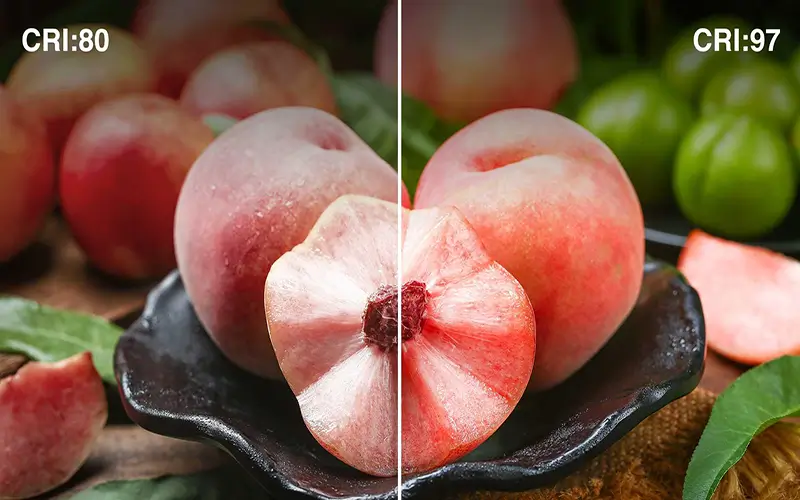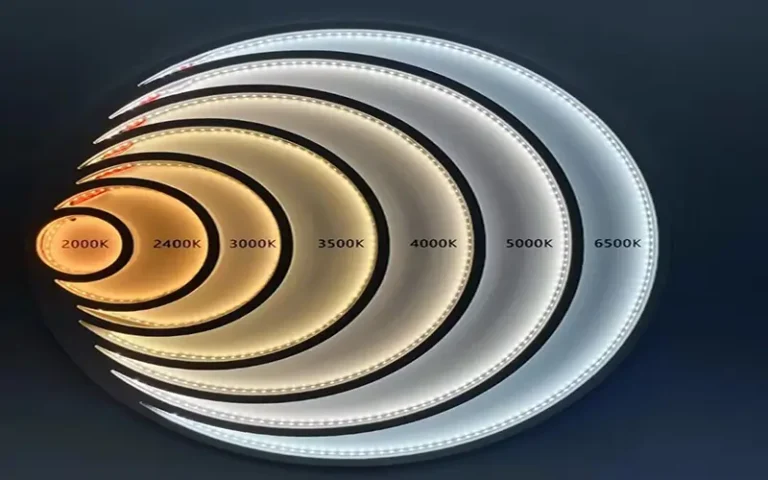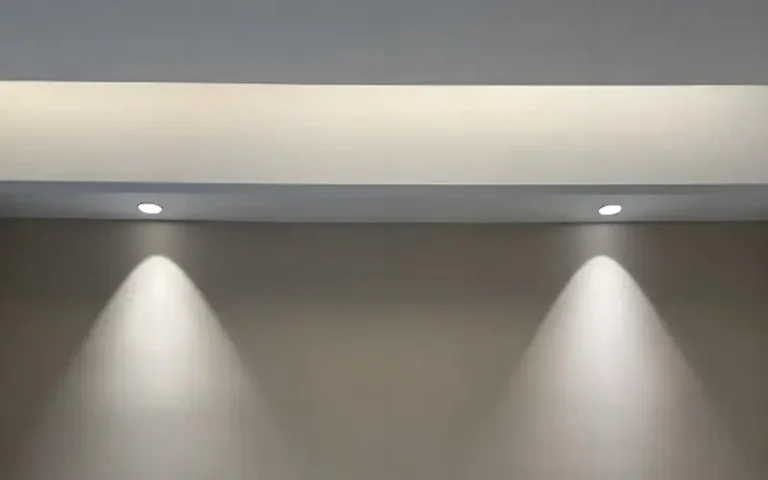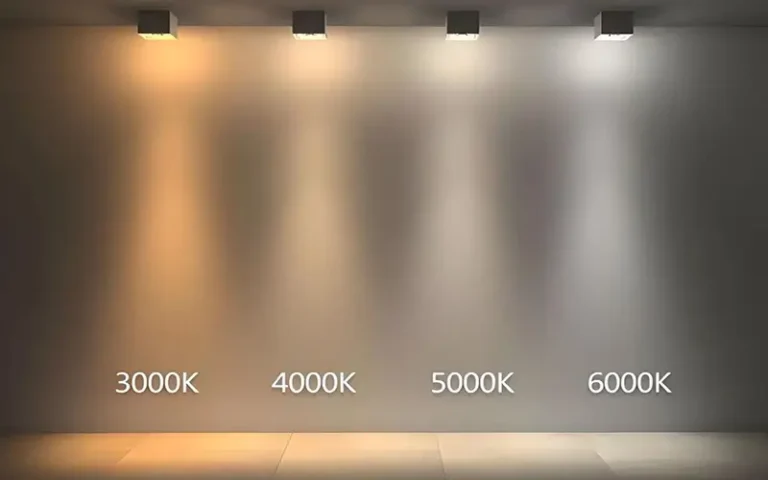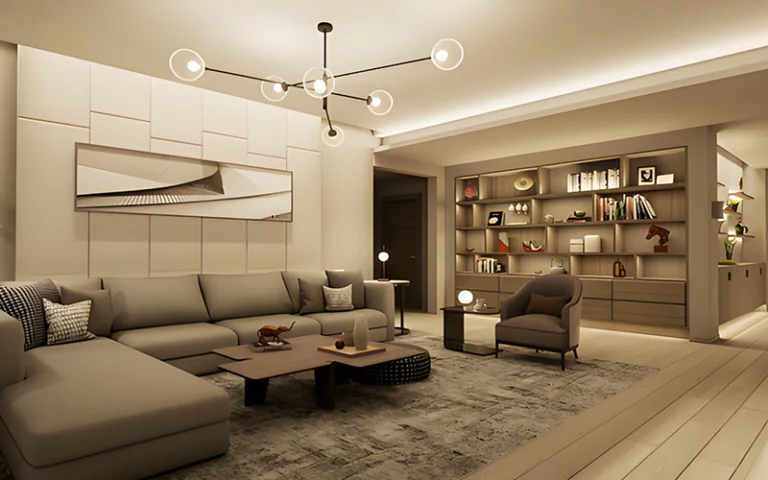Why CRI is Important? 80 CRI vs. 90 CRI vs. 95 CRI
Color rendering index is a key factor in lighting fixtures, and many people tend to ignore its importance. Because it’s not as obvious as color temperature. You can first read about color rendering articles to help you understand better. So how do you know 80 CRI vs. 90 CRI vs. 95 CRI or what is a good CRI and does it matter? Is CRI important to color temperature?
What is the CRI (Color Rendering Index)?
CRI is measured on a scale of 0 – 100. As we know, the higher the score, the better the CRI. Generally, lights with a CRI of 80 are considered acceptable, but you can choose higher depending on your needs. Whenever possible, choose LED lights with a CRI of 90 or higher, as it will result in very high color accuracy. However, which CRI level is high enough depends largely on how you use the light source and what you are using it for.
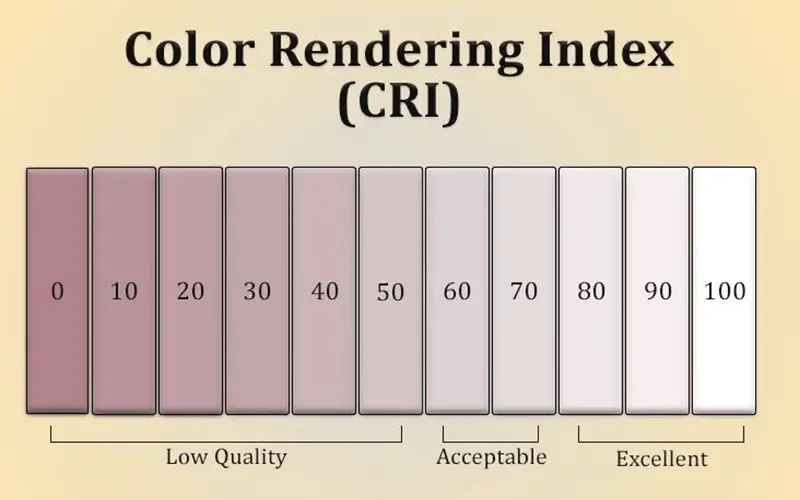
80 CRI – Acceptable light color quality
80 CRI is often considered the baseline CRI level for LED lights, which is an absolutely acceptable level of color quality. It’s definitely up to the task of everyday tasks. Most manufacturers have adopted 80 CRI as standard or basic light quality products.
CRI80: Where CRI80 is not recommended
- Those colors in CRI80 containing deep red components usually appear unnatural and unreal. Examples include skin color and wooden furniture or flooring.
- Storage rooms, wardrobes, garages, and hallways are not suitable for CRI80, you will have difficulty distinguishing colors. You may want to use a higher CRI light source, as color differentiation can be somewhat difficult.
- 80 CRI cannot be installed in the kitchen area. Because I am afraid that I cannot judge whether the color is good or bad when cooking. The last thing you want is to serve your guests undercooked meat!
- It is not recommended to install CRI80 in bathrooms, including powder rooms. It allows you to pay better attention to your skin color and maintain your most beautiful condition.
All in all, 80 CRI is an acceptable color rendering level. We recommend a CRI of 90 for best results. If you must use 80 CRI, use them only for minimally demanding tasks.
90 CRI: Good Color Guality
Lights on the market will offer a 90 CRI product as their “premium” product. If you switch from CRI 80 to 90, you’ll notice a significant improvement in color quality and clarity.
- For most residential installations, 90 CRI is ideal for lighting areas: bedrooms, living rooms, and dining tables.
- Most objects (such as wooden furniture, skin tones, meat, and fresh produce) appear normal.
- For residential interior lighting, 90 CRI will better meet their needs. CRI90 will see more reality.

95 CRI: Professional Color Quality
Once the CRI exceeds 95 CRI provides excellent color quality. Color rendering accuracy reaches a new level. It is mainly used in special places and occupations, and for people who rely on accurate color perception.
- Painters and photographers will need 95 CRI Color accuracy is critical for distinguishing subtle differences in tone or hue in their work. Simply put, at the appropriate color temperature, an object at 95 CRI will look almost identical to its appearance in natural light.
- Residential lighting is also suitable for CRI95 and is a favourite among interior designers. It is vital to help them ensure that their carefully chosen furniture and color schemes look perfect. At the same time, a 95 CRI provides added benefits to overall aesthetics.
Importance of CRI R9
For CRI color quality grading, we analyzed 80 CRI vs. 90 CRI vs. 95 CRI. Of course, you need to pay more attention to the R9 value of the color quality level. While there is no set formula, there is a strong correlation between CRI values and R9 values, which roughly correspond to 25, 50, and 90 CRIs of 80, 90, and 95, respectively.
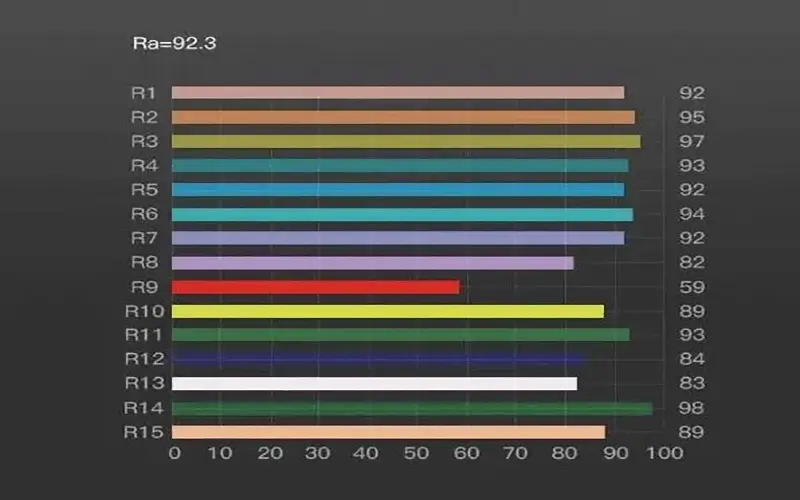
CRI is a general score that describes the accuracy of a light source, while R9 is a specific score that specifically looks at its ability to render red. As we mentioned above, red is one of the most common colors found in a variety of objects and materials, so using R9 as a complement to a CRI is a great way to evaluate light sources.
Conclusion
This article introduces CRI in detail and the difference between 80 CRI vs. 90 CRI vs. 95 CRI. All in all, CRI 80 is adequate for everyday tasks. LED lighting with a CRI rating of 90 emits balanced light, and objects appear normal beneath them. On the other hand, the CRI 95 may be useful for those whose work requires high-precision color perception (such as visual artists). For residential and high-end construction sites, you can choose CRI90. We are a supplier of LED light strips and neon strips; please contact us if any needs.
FAQs
CRI, or Color Rendering Index, is a measure of a light source’s ability to accurately display the color of an object compared to natural sunlight. It is expressed as a numerical value between 0 and 100. The higher the value, the better the color rendering ability.
CRI is important for lighting because it affects how accurately colors appear under a specific light source. Higher CRI values produce more vivid, realistic colors, which is critical for applications such as photography and art presentations where color accuracy is critical.
The main difference is the accuracy and vibrancy of the colors. An 80 CRI provides acceptable general-purpose color rendering, rendering approximately 80% more accurate color when compared to natural sunlight. And 90 CRI provides better color accuracy, making it suitable for most indoor environments. In contrast, 95 CRI provides excellent color rendering, making colors appear more vibrant and lifelike.
Compared to CRI80, choosing 90 CRI ensures better color accuracy and enhanced visual comfort. Especially in environments where lighting plays a crucial role in ambience and mood. It delivers more vivid colors and reduces color distortion, resulting in a more pleasing environment.
Lighting with a CRI of 95 provides the highest level of color accuracy, accurately rendering approximately 95% of colors. This high level of color rendering is ideal for applications where color accuracy is critical, such as photography studios, galleries, and retail environments. It enhances the appearance of objects, improves visual clarity and creates an inviting atmosphere with realistic colors.
Yes, in addition to CRI, factors such as color temperature, light distribution, and dimming capabilities also affect overall lighting quality and visual comfort. These factors must be taken into consideration when choosing a lighting solution.

